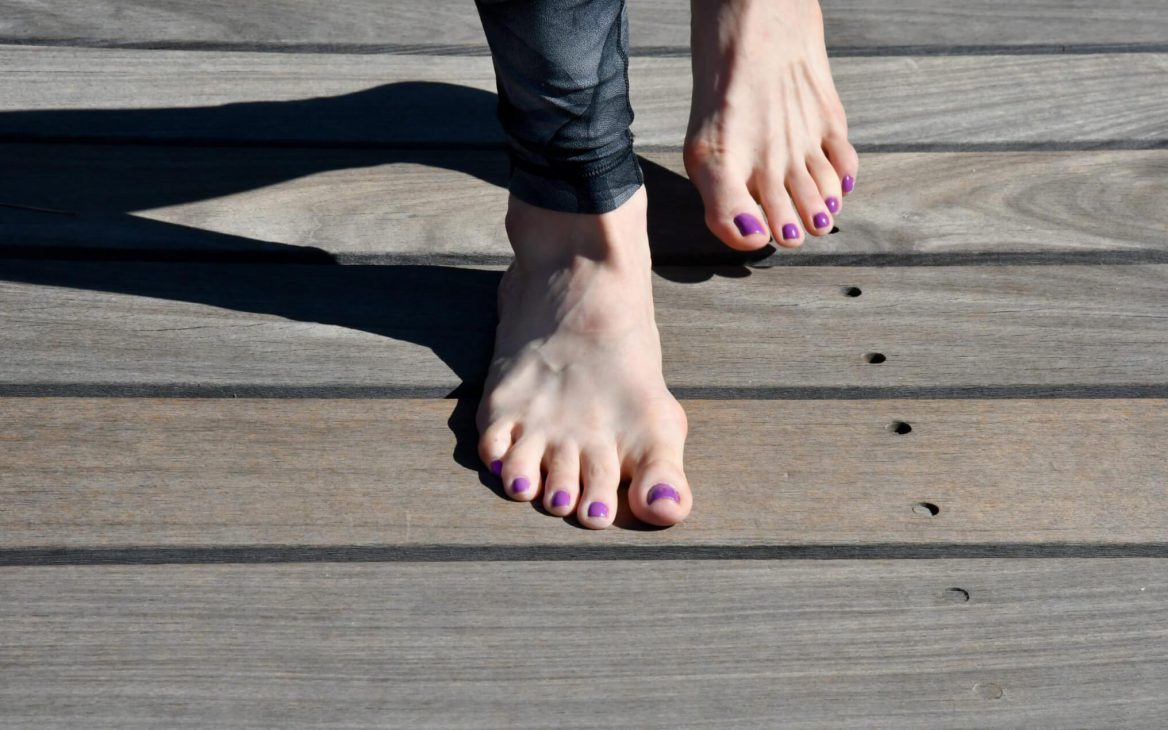This muscle resembles a cape, for its shape is wide and triangular. Yet rather than this cape draping from the shoulders, it sweeps upward from the lower back. It is a muscle that joins the back body and side body, thus it is part of the dorsal and lateral sheaths (and has a strong spiral component so is part of the spiral sheath). It inserts into the last six thoracic vertebrae and attaches to the lumbar vertebra, the sacrum and the crest of the ilia. Its upper insertion is at the inner edge of the arm bone. Thus when in a downward dog, any extension and span between the arm and the sacrum is established in part by the lats!
Notice the fan-like shape of this muscle and its attachments to the last four ribs. Given that it has slips that attach directly to the ribs, it is a muscle that assists in breathing (deep inhale). Thus it serves as a pranayama muscle and correlates to the respiratory diaphragm, for the diaphragm attaches to the lower ribs on the interior. One way to gain a sense for the expansion of the costal attachments of the lats is to loop a strap a over your trunk and position it over your lower rib basket. Sit in a comfortable position and expand your inhale against the strap so as to flare your side ribs.
When the muscle contracts it serves to draw the arms backward behind the body. This is done simply by interlacing your fingers behind you and drawing your arms back. This is a primary prep for positioning the arms for shoulderstand. If people are tight in the lats they cannot hold their hands to their back in shoulderstand! Given that the lat fibers lace over the base of the scapula, the lat aids in retracting the shoulder blade and in anchoring the shoulder down.
Notice how the lower fibers of the muscle are vertically oriented and the upper fibers horizontal. This suggests that this muscle allows for both vertical lift and lateral expansion.
When people have a “bendy back” or excess lumbar (and lower thoracic) curvature, then the lat fibers need to extend, so that the cape flares. This spreading occurs in bakasana (the crane pose) or bhujapidasana (see current description for this pose under Asana) or in squatting position. Aim to bring your in-breath to your kidneys which are located just under the lat and lower most ribs.
It is all too common for this mid back area to pinch in headstand in which case the lats have lost their wing-like capacity to expand. In sirsasana, practice broadening the horizontal fibers. In order to find this lift the upper inner arm in headstand where the lat attaches. Then lift your sacrum and back ilia upward away from the lumbar to get a feel for the entire length of the lat muscle.


